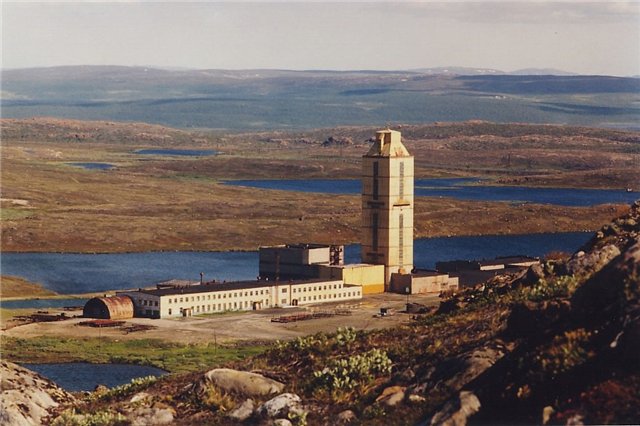“Wherever he saw a hole he always wanted to know the depth of it. To him, this was important.”
― Jules Verne, Journey to the Center of the Earth
Getting to know the extremes of our planet is something all of us enjoy doing. As human beings, we are curious and adventurous, we always want to go further, higher and deeper. Breaking the natural boundaries is what we do on a daily basis, since the beginning of our existence.
One such boundary is the crust of our planet. We constantly plow it and drill it in order to take out the precious things from inside. However, scientists do it for another reason. They just want to dig through the Earth’s crust and find out what lays inside beyond it, in the center of Earth. The core of the planet has been a mystery for humanity for a long time. It has been often mentioned in myths, legends and various fictional and religious texts. Science has a different approach to this subject: take a big drill and start drilling.
Many attempts to drill through to the bottom of Earth’s crust have been made since the 1950s, but so far no one managed to reach the final goal. Most of the stuff that scientists knew about the structure of the earth, back in the 1950s, was theoretical. Everything changed in the early 60s and in the 70s when the USA and the Soviet Union started a new version of the “space race”, a race to the center of the Earth if we can call it that.
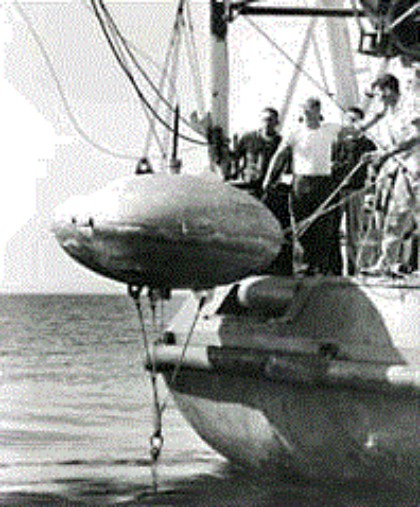
The American project was called Project Mohole. They began drilling their hole on the Pacific coast of Mexico in 1961, but soon, after the initial drilling, they abandoned the project due to lack of funding. The Russian team was more fortunate in their efforts. They started drilling at a location on the Kola Peninsula on May 24, 1970. This scientific endeavor was called the Kola Superdeep Borehole and from 1970 to 1994 they managed to penetrate one-third of the way through the Baltic continental crust and actually make the deepest hole in the world which, in true depth terms, still holds the record today.
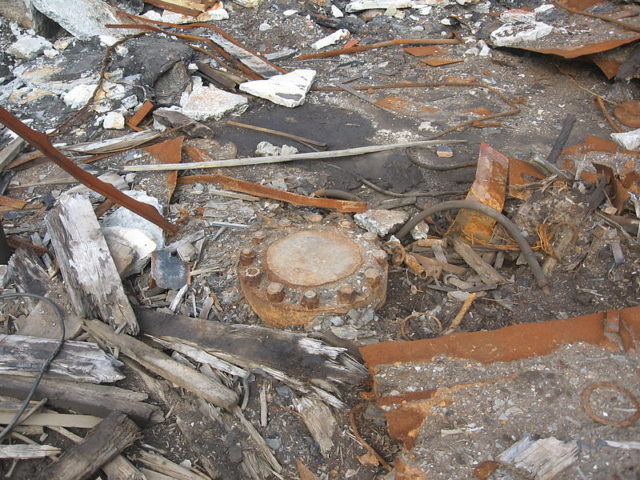
The picture above shows some of the mess that was left after the site was abandoned. It’s a little disappointing that it looks like this. You expect that the gateway that leads to the underworld would look more spectacular, more like a temple (for the reptilian people that live down there!), but no, there is only a rusty metal cap welded over it and a lot of junk. What lays beneath all this junk is a mystery.
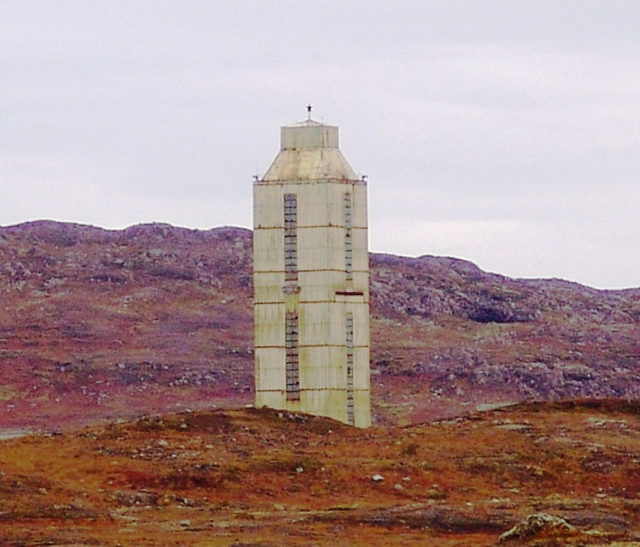
When they started drilling the main goal of the project was reaching down to 49,000 ft. There were a number of boreholes drilled that branched from one central hole. The deepest branch, called SG-3, reached its final depth of 40,230 ft in 1989. The plan was to continue drilling and reach 44,300 ft by the end of 1990 and after that go down to 49,000 ft by 1993, but unexpected conditions and high temperatures on this depth stopped the operation in 1992.
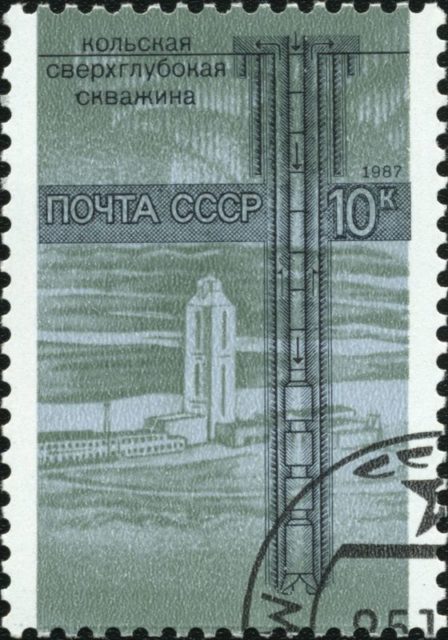
The expected temperature at the depth of 7.5 miles was 212 °F and they measured 356 °F. According to this measurement, it was predicted that getting down to the planned depth of more than 9 miles would mean reaching a temperature of 570 °F, and it would be impossible for the drill bit to work in these conditions.
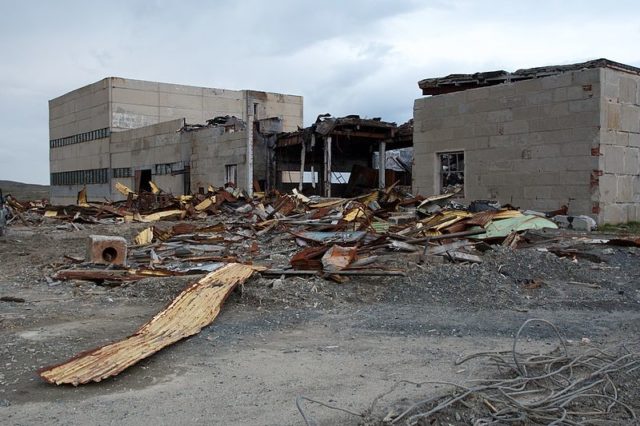
Drilling stopped in the early 1990’s and the project was officially closed down in 2005. The facilities were abandoned and dismantled in 2008. All that is left are the ruins of the building, which you can visit if you are curious.
The Kola Superdeep Borehole gave the world of science some major discoveries. Because of it, we now know more about our planet’s structure. One of the most intriguing discoveries was the presence of microscopic plankton fossils 4 miles beneath the surface! The fossils found at these unexpected depths were remarkably intact despite the unbelievable pressures and temperatures there. A proof that life is more resilient than we think.
